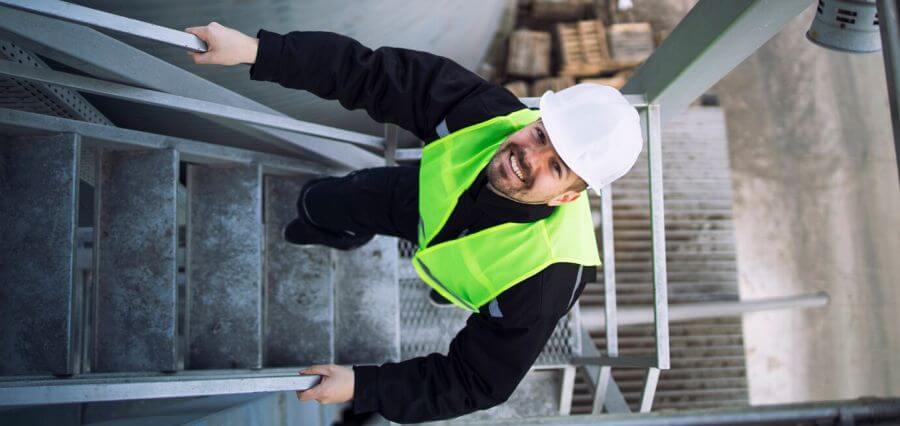When working with elevated platforms, walkways, and ladders, safety should always be a top priority, and AS 1657 plays a crucial role in ensuring this. However, many people are unaware of the full scope of this Australian standard, leading to misinterpretations that can affect safety and compliance.
Understanding AS 1657 is key to protecting workers and preventing accidents. This blog will outline five important things you should know about AS 1657.
1. Scope and Purpose of AS 1657
AS 1657 is an Australian standard that provides guidelines for the design, construction, and maintenance of fixed platforms, walkways, stairways, and ladders.
The purpose of this standard is to ensure safety for workers who use these structures. It covers everything from the materials used to how the structures should be built to handle different types of tasks.
By following AS 1657, workplaces can reduce the risk of accidents, making work environments safer.
2. Requirements for Platform and Walkway Design
The design of platforms and walkways under AS 1657 must meet specific requirements to ensure they are safe and stable. These platforms should be wide enough to allow safe movement and prevent workers from falling.
The surface of the walkway must be nonslip, even in wet conditions, to reduce the risk of slips and falls. AS 1657 also includes guidelines for the height and strength of the platform to support workers and equipment.
Proper clearance and structural support are essential for these platforms to withstand daily use.
3. Safety Features and Guardrails
Safety features, such as guardrails, are a key part of AS 1657. Guardrails help prevent workers from falling off elevated platforms or walkways. The standard specifies the height, strength, and design of guardrails to ensure they can withstand impacts.
For example, guardrails should be high enough to prevent people from accidentally falling over them. In addition, the rails must be strong enough to support the weight of a person leaning or pushing against them.
4. Ladder and Stairway Specifications
These structures must be designed to provide safe access to elevated areas, ensuring workers can climb without risk. The standard outlines the angle and spacing of ladder rungs for easy grip and movement. It also covers the width and step height of stairways to prevent trips and falls. The materials used must be sturdy enough to support the weight of workers and their tools.
5. Load and Weight Considerations
The standard specifies the amount of weight that these structures should be able to handle without compromising safety. For example, platforms must be able to support the weight of workers, tools, and equipment.
The load limits are designed to ensure that the structures are strong enough to handle daily use without failure. When designing or using any elevated structure, understanding the load requirements helps prevent accidents caused by overloading.
Learn Important Aspects About AS 1657
Understanding the important aspects of AS 1657 is crucial for ensuring workplace safety and compliance with Australian standards. By adhering to the guidelines for platform design, ladders, stairways, and safety features, you not only reduce the risk of accidents but also foster a safer, more efficient work environment.














